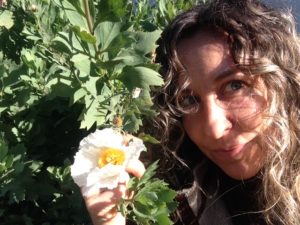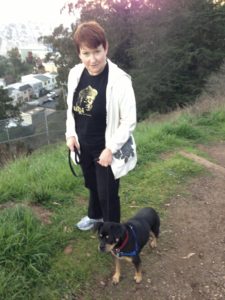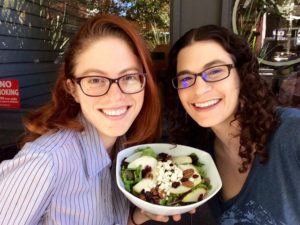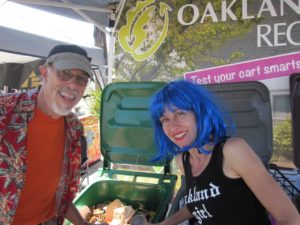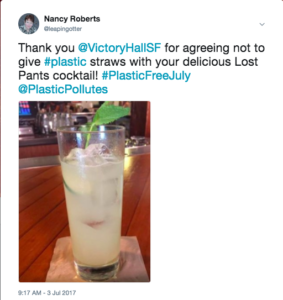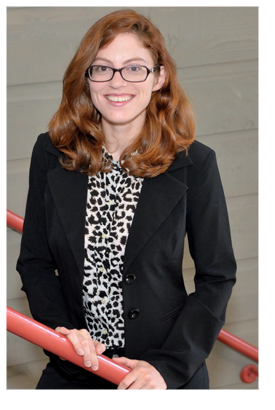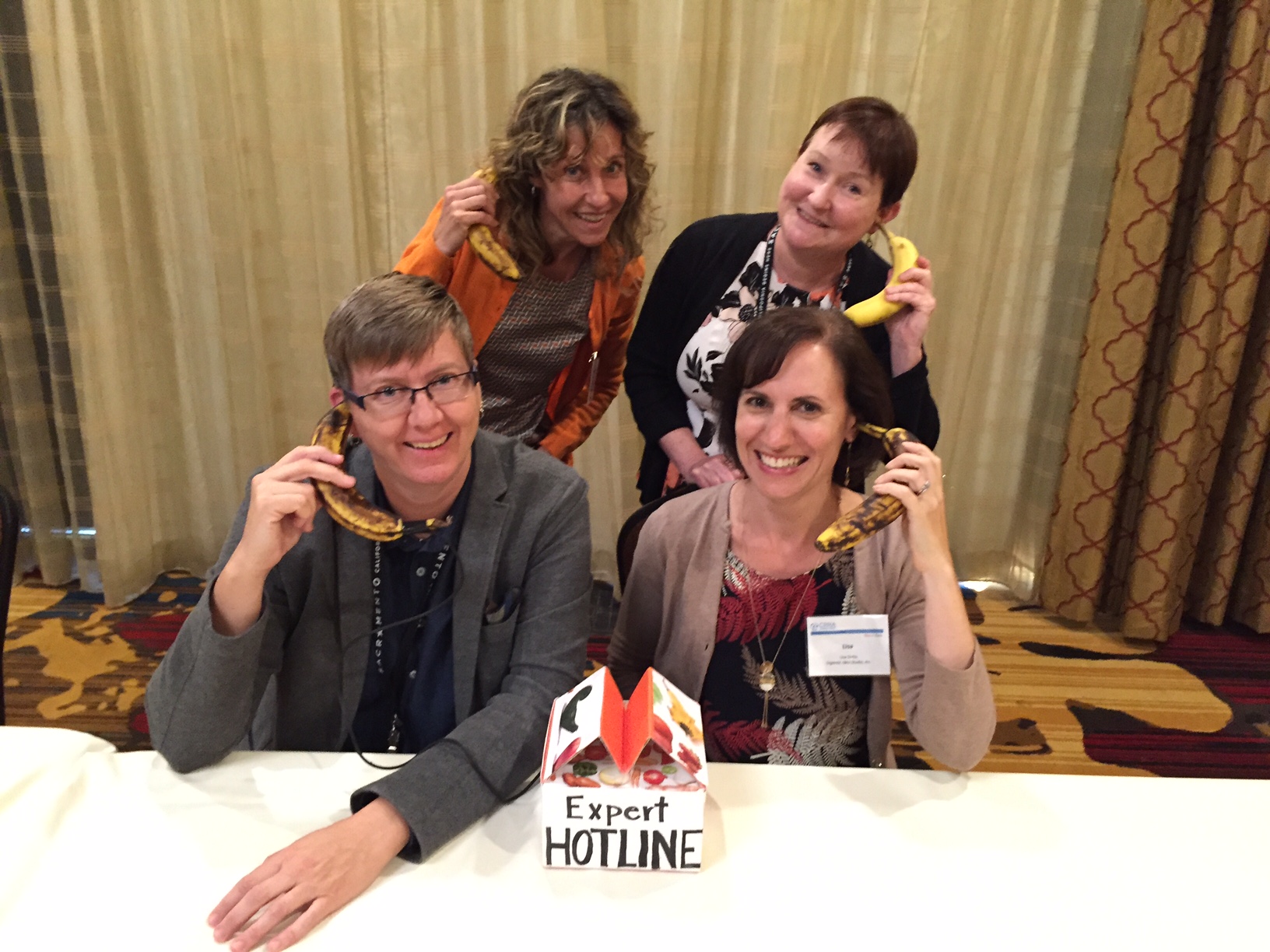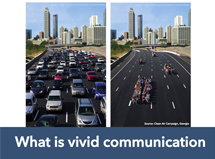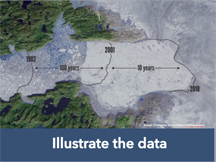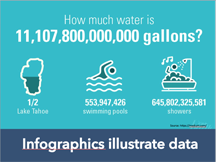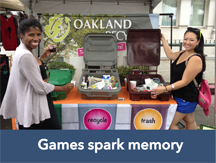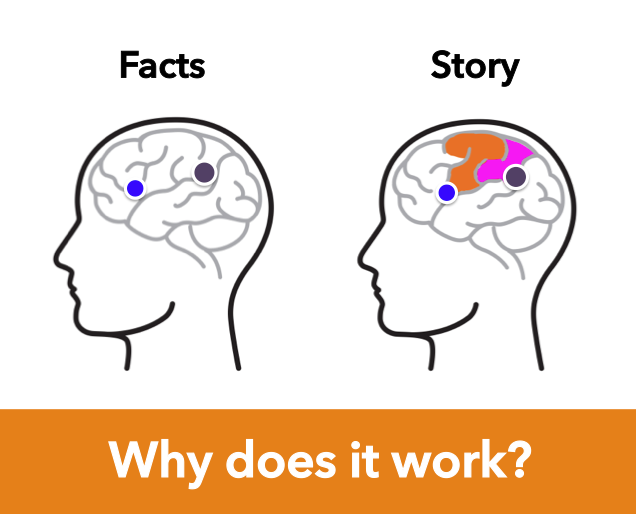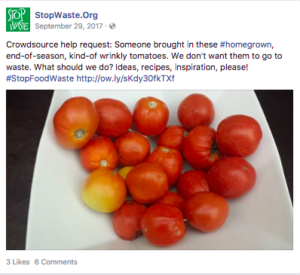
It has always been a challenge for mission-driven Brand Pages, such as public agencies, to reach and grow their followers on Facebook. In January Facebook announced they are “changing the News Feed to prioritize posts from friends, family members and groups over posts from publishers and brands.” The stated reason is to promote a more fulfilling experience with the channel and discourage “passive scrolling” without engagement. The change will favor posts that elicit comments, rather than passive consumption or “likes.” (“Favoring” means that posts will show to more people.)
One impetus for the decision is recent negative press about Facebook, including hosting fake news and being purposely designed to foster addictive behaviors and to keep fans “hooked” on the channel. CEO Mark Zuckerberg has stated his personal commitment to leading these changes, thanks to a new view of his creation’s strengths and weaknesses.
How Will Facebook Algorithm Changes Affect Me?
Organizational Facebook pages are reaching just a tiny fraction of their followers with each post. Even before the latest changes, organic reach for Facebook Pages was plummeting, from nearly 100% of fans in 2007 to less than 2% today.
Some immediate predictions include:
- People will spend less time (but supposedly higher quality time) on Facebook.
- Posts may become more “shocking” with the goal of eliciting reactions.
- Comments will be prized, and the longer the better.
Note: this announcement includes no changes to the advertising model, which many critics point to as the fount of toxicity.
What Can I Do?
What is a page manager to do? Like the stock market, it’s probably best to keep calm and carry on, rather than trying to overhaul strategy with every change. There are widely varying predictions of the result of this latest action.
Gigantic recommends to all clients:
- Continue posting high quality, relevant content.
- Consider making posts more conversational in style and asking for feedback and responses, including encouraging people to tag your organization.
- Focus on quality of posts more than quantity; this becomes even more true with the renewed emphasis on posts that promote conversation.
- Monitor your posts and respond to comments promptly, using a consistent “voice” for your page.
- Be prepared for decreased reach of videos, which had been highly favored by the Facebook algorithm. (Facebook’s reasoning is that videos promote passive consumption rather than active dialogue.) Consider incorporating calls for reaction and encouraging dialogue about your video posts.
- Continue to incorporate ads and boosted posts to increase your messages’ reach.
- Be a good neighbor: Share and tag other organizations’ content in your posts, as long as they are relevant to you.
- Don’t Panic!
As always, Gigantic Idea Studio is happy to discuss your social media strategy and make recommendations to enhance your environmental outreach.


